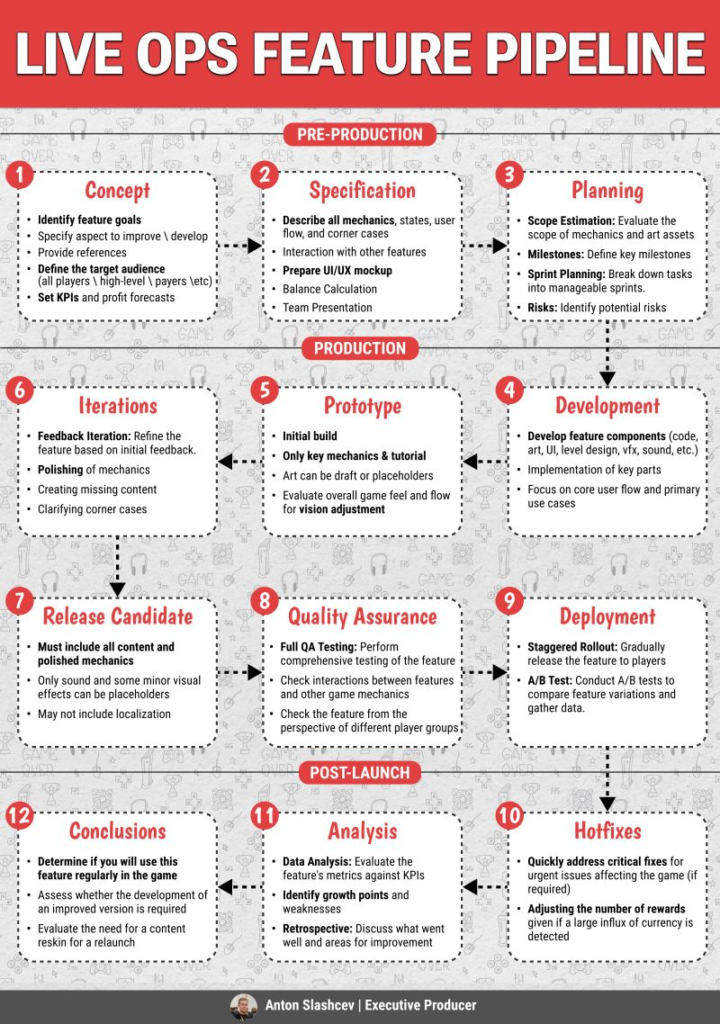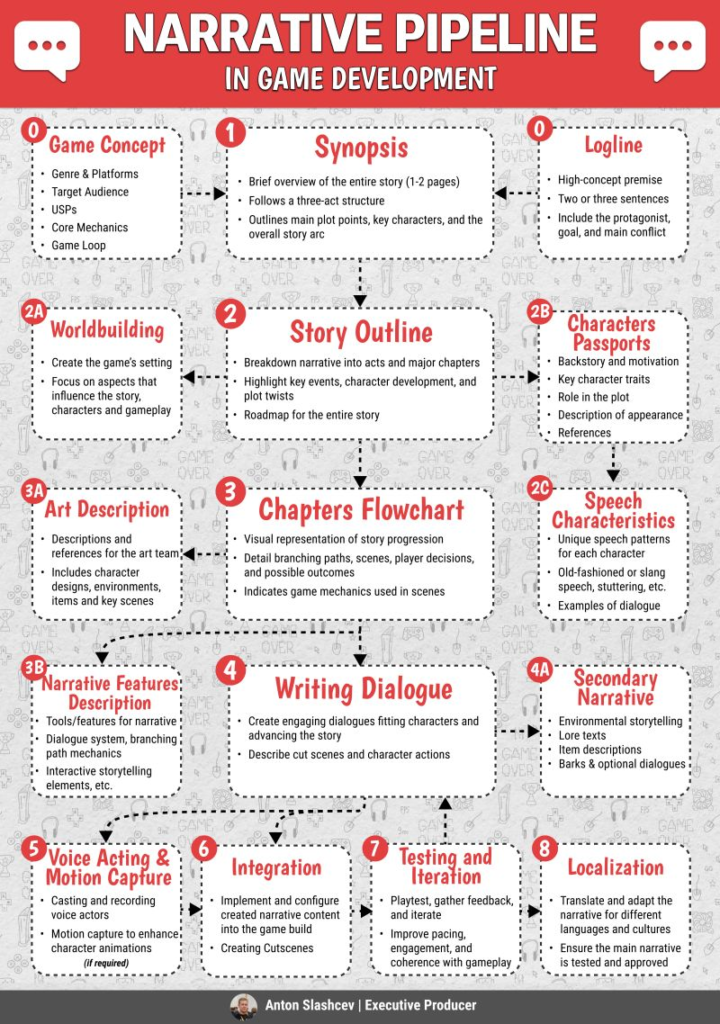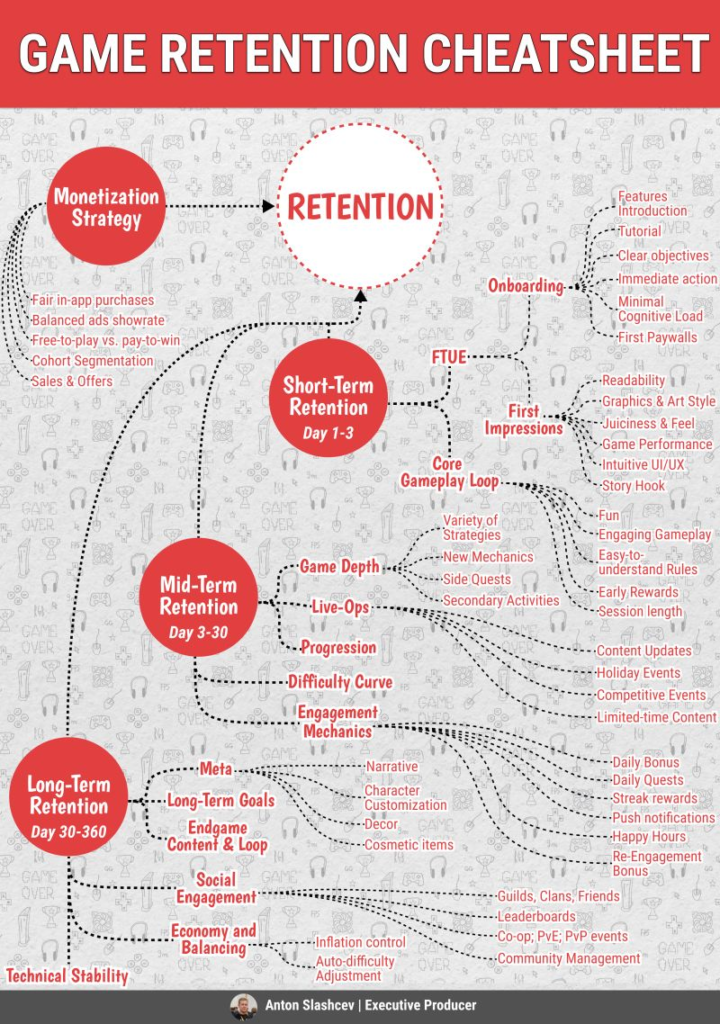Simple Games Can Be Influential
"Banana" shows us why. I have seen skepticism about simple games. People say, "It's just clicking a banana." But here's the reality: "Banana" is a viral sensation. This free to play clicker game on Steam, has captivated over 141,000 players. → Its simple mechanic↳ clicking on a banana↳ has created a massive following.1. Banana Drops:Players receive unique bananas every 3 and 18 hours in their Steam inventory, which can be collected, traded, or sold on the Steam Marketplace.2. Marketplace Dynamics:Most bananas are worth a few cents, but rare ones can fetch higher prices, creating an exciting game economy.3. Community Engagement:"Banana" has a large player base and encourages community involvement with user-submitted banana art.4. Future Updates:The developers will add customizable banana appearances, minigames, and a banana exchange feature.Some call it a "dumb game with bananas," but the developers embrace its quirky […]













